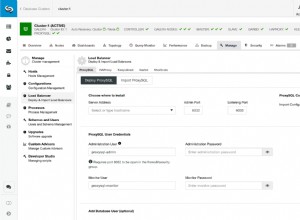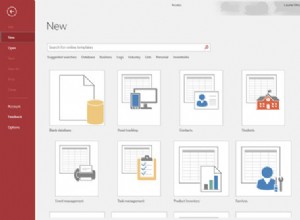Una chiave esterna può essere basata su più colonne, quindi conkey e confkey di pg_constraint sono matrici. Devi annullare l'annidamento degli array per ottenere un elenco di nomi o tipi di colonne. Puoi utilizzare queste funzioni:
create or replace function get_col_names(rel regclass, cols int2[])
returns text language sql as $$
select string_agg(attname, ', ' order by ordinality)
from pg_attribute,
unnest(cols) with ordinality
where attrelid = rel
and attnum = unnest
$$;
create or replace function get_col_types(rel regclass, cols int2[])
returns text language sql as $$
select string_agg(typname, ', ' order by ordinality)
from pg_attribute a
join pg_type t on t.oid = atttypid,
unnest(cols) with ordinality
where attrelid = rel
and attnum = unnest
$$;
Le funzioni possono essere molto utili quando si eseguono query su vincoli e indici. La tua domanda è piacevole e semplice con loro:
select
conrelid::regclass,
get_col_names(conrelid, conkey) col_names,
get_col_types(conrelid, conkey) col_types,
conname
from pg_constraint
where contype ='f';
conrelid | col_names | col_types | conname
----------+-----------+-----------+------------------------
products | image_id | int4 | products_image_id_fkey
(1 row)




